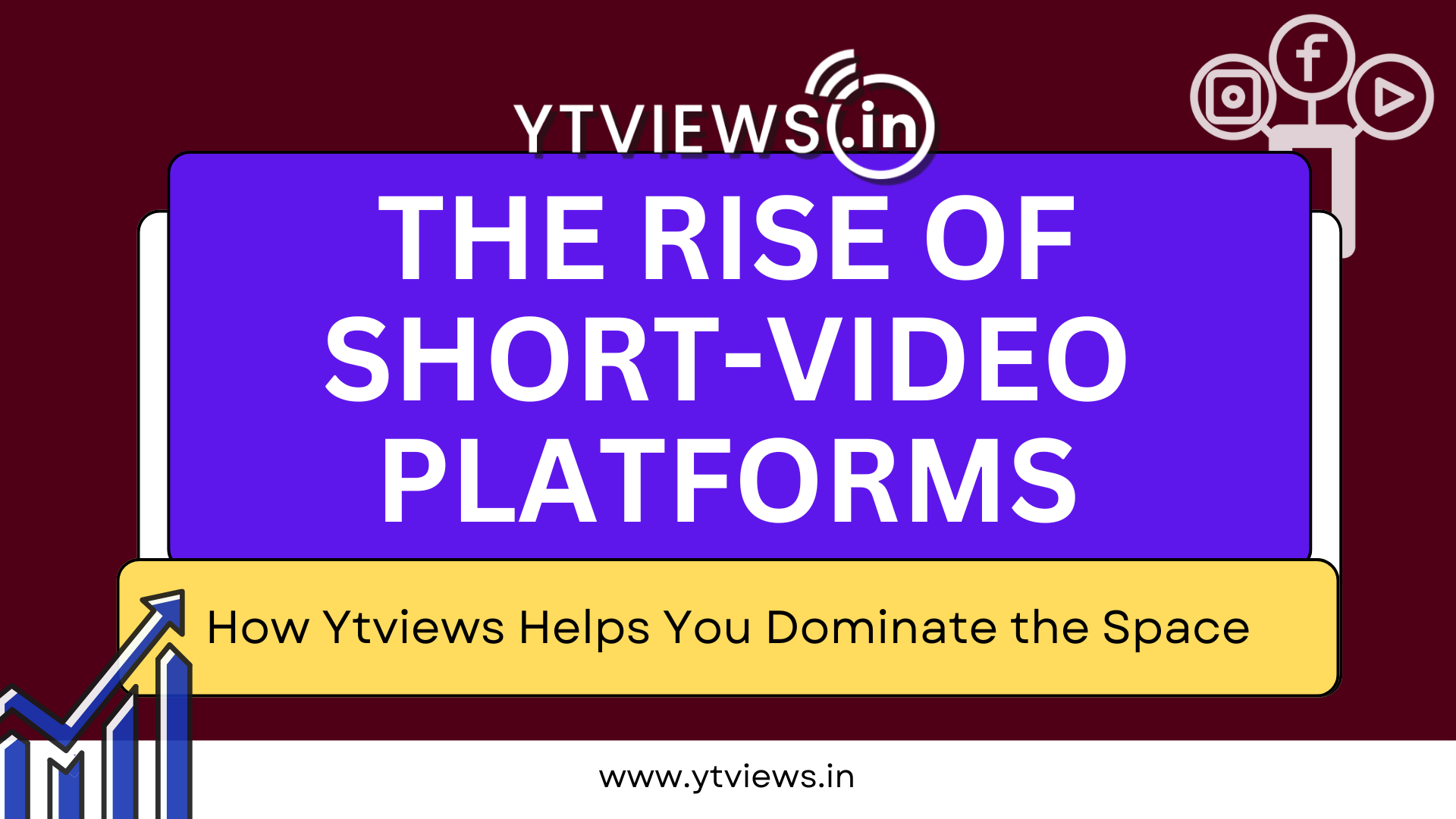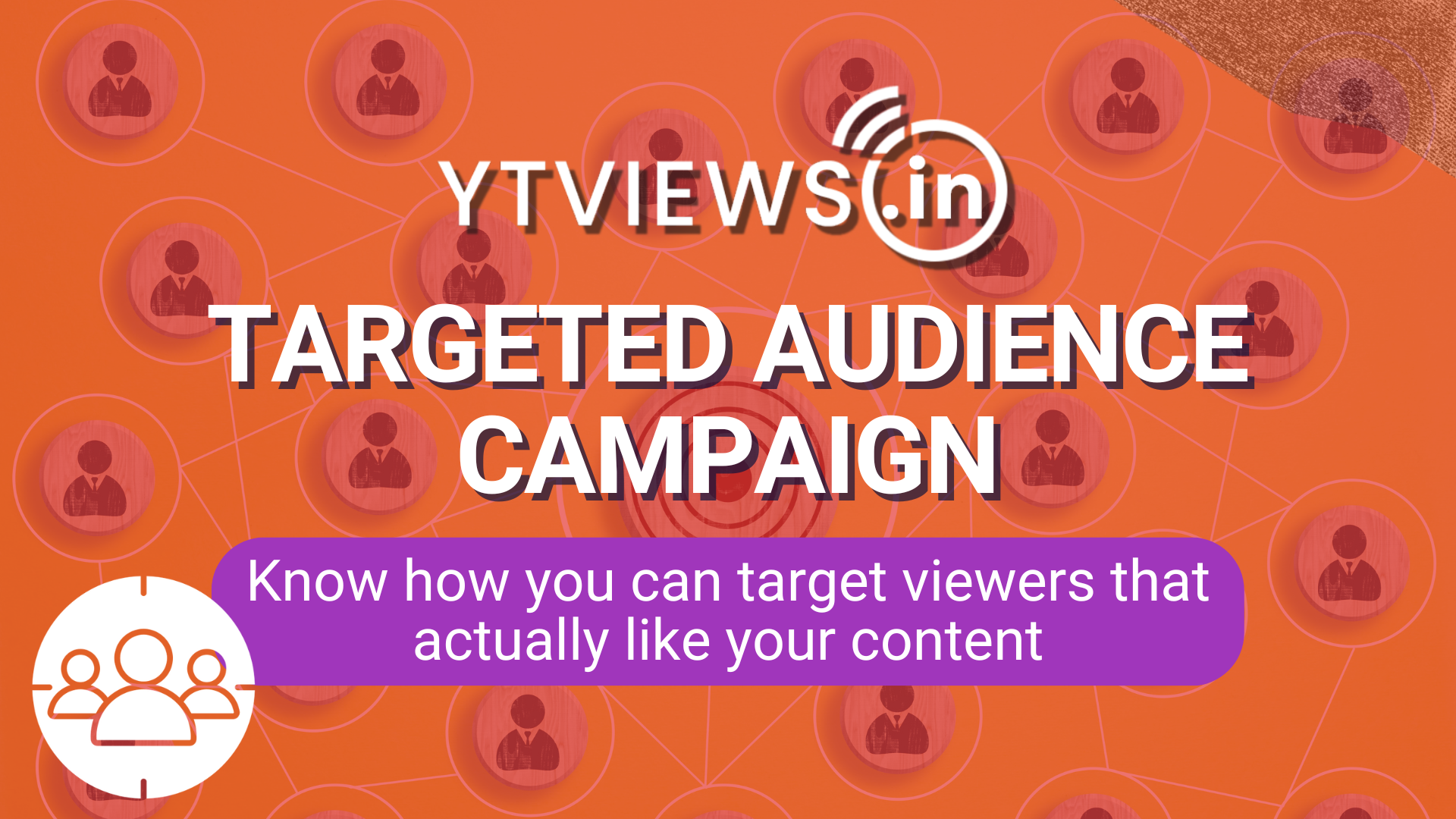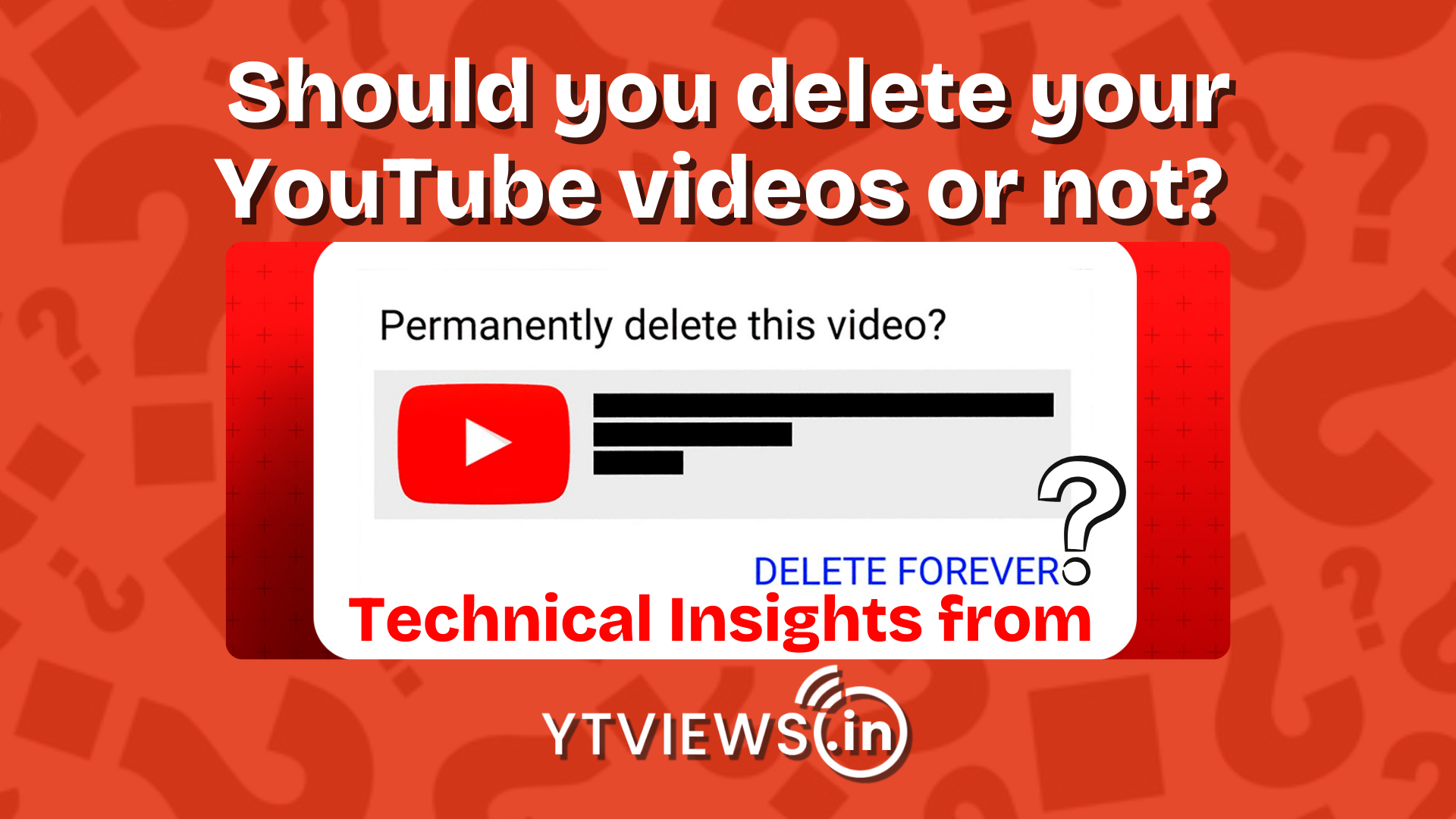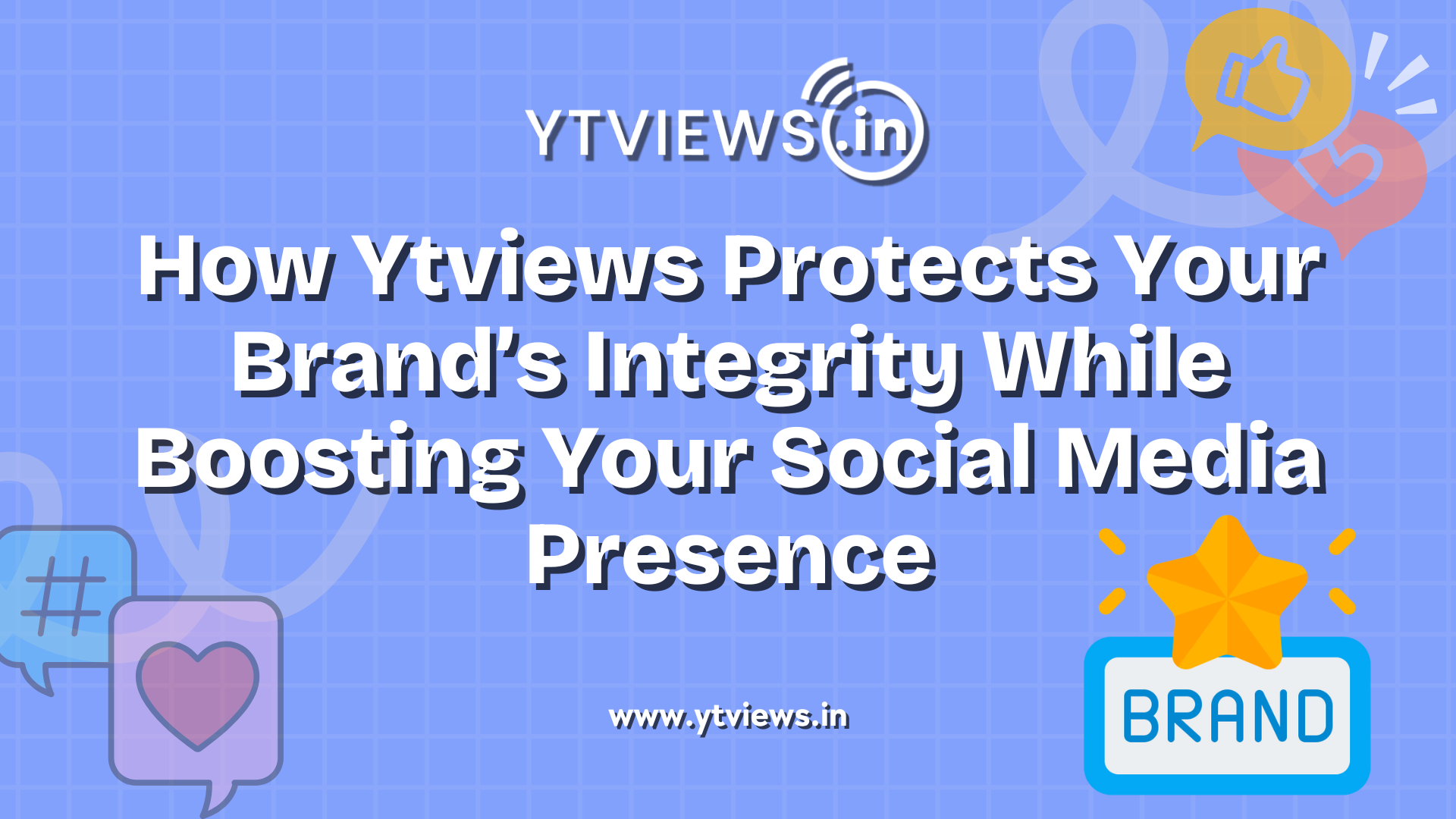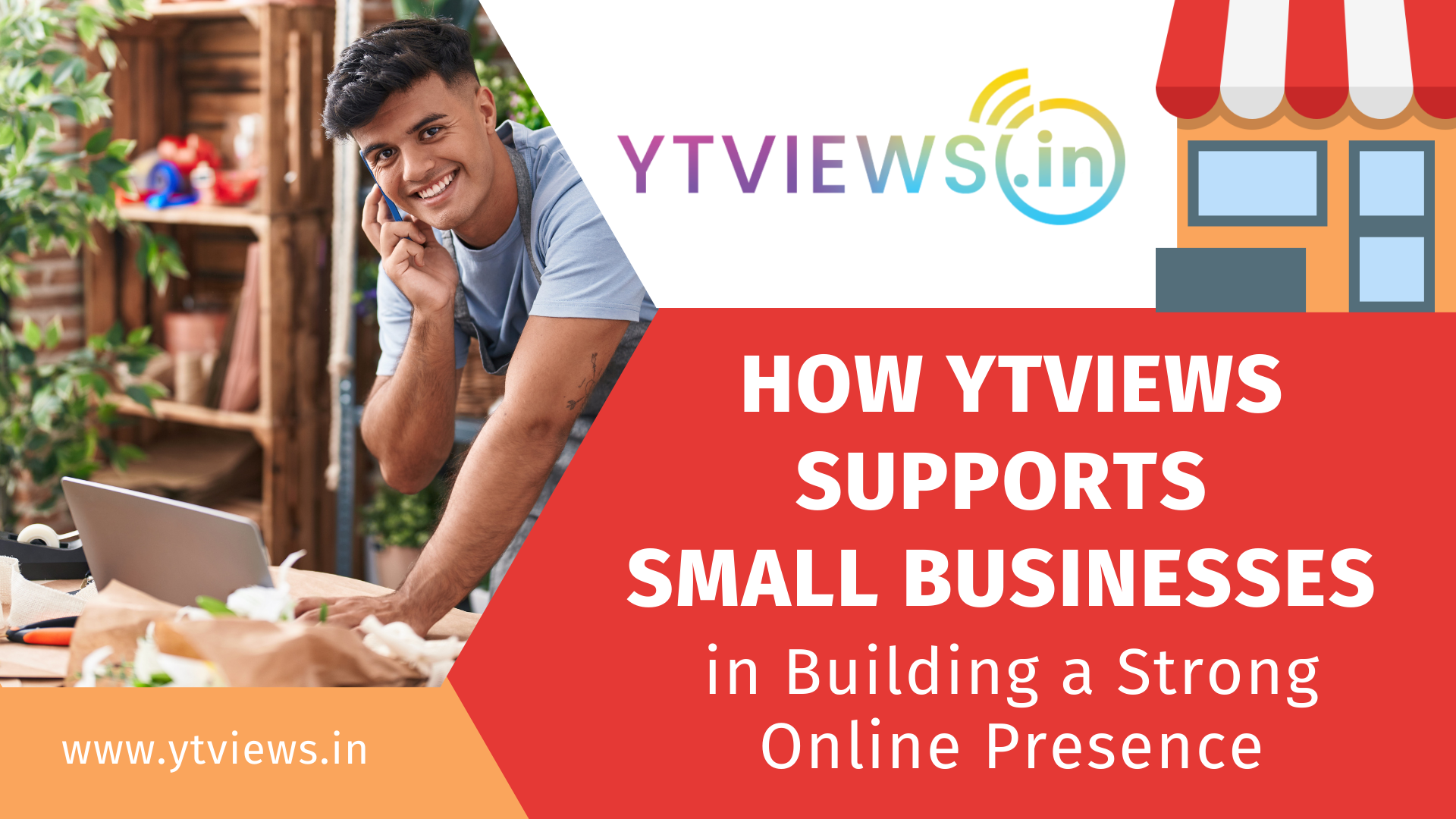How social media trends vary with different platforms
Trends move in the social media environment differently concerning the target user type, demography and the roles of the platform in question. Knowledge of these differences may also help position and market brands to best advantage.

Instagram: Visual Storytelling and Shopping Trends
Visual information still finds its home on Instagram. 2024 reveals the popularity of Reels and inevitably appealing carousels, orienting feeds in general. The usage of Shoppable Posts and live shopping, make Instagram an ultimate gateway to the Direct-to-Consumer or D2C sales. Also, creators combine the creation of a story with advertising, which means that they use their own life experiences to promote a product. This trend has become prevalent on Instagram because of engendering individuals through aesthetic sense and captions.
TikTok: Viral Challenges and Bite-Sized Entertainment
TikTok’s population appreciates creativity, jokes, and candour. Different trends and viral challenges represent the normative base of the platform. For example, trending sounds and types of dances help brands to go viral and gain millions of users due to engagement. Education-based content is also becoming popular with people. Microlearning best practices and tutorials appeal to Gen Z and Millennial learners who enjoy learning through fun and catchy lessons. Because TikTok rewards newer, shareable content, it is crucial for brands to be both fast and culturally intelligent in their content creation.
LinkedIn: Thought Leadership and Professional Networking
On LinkedIn, trends are focused on career advancement and career tips, industry news, and connections. From the experience of the selected organization, posts focusing on workplace stories, achievements of the employees and other general corporate content including the knowledge pieces are usually well received. Employer branding will gain prominence in 2024 and brand-related publications will consistently highlight matters of Diversity, Career Opportunity and Company Culture. Engagement is also possible through LinkedIn Live sessions, as well as with the help of interactive polls.
YouTube: Long-Form Depth Meets Short-Form Creativity
Although YouTube will continue to be associated with long, watchable content, it seems to offer a competitor to TikTok in the YouTube Shorts section. Guides, product reviews, and vlogs are still very popular at the site. Nonetheless, compared to Shorts, brands have an opportunity to create brief, trendy videos for transient interaction. Comments and live streaming are also valued by YouTube hence, being important for the creators to engage with the audience regularly.YouTube also prioritizes community-building through comments and live streams, making it vital for creators to interact with their audience consistently.
Conclusion
Social media trends differ with platforms, services, and interactions are determined by user demands, and platform affordances. Hence, brands that fit into these behaviours — whether it is the light-hearted pranks by TikTok or professionally inspiring posts by LinkedIn — are visually noticeable in the continuously saturated digital ecosystem.


































